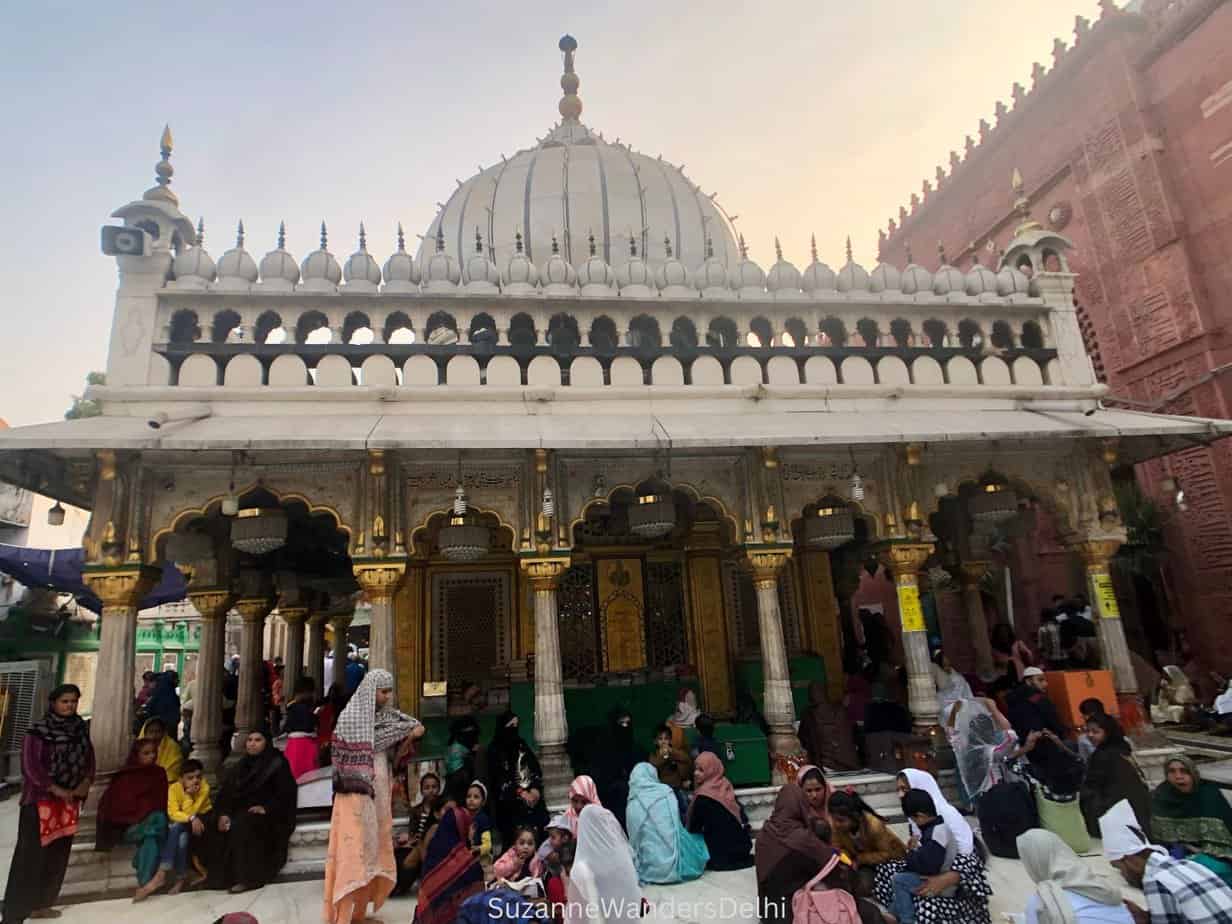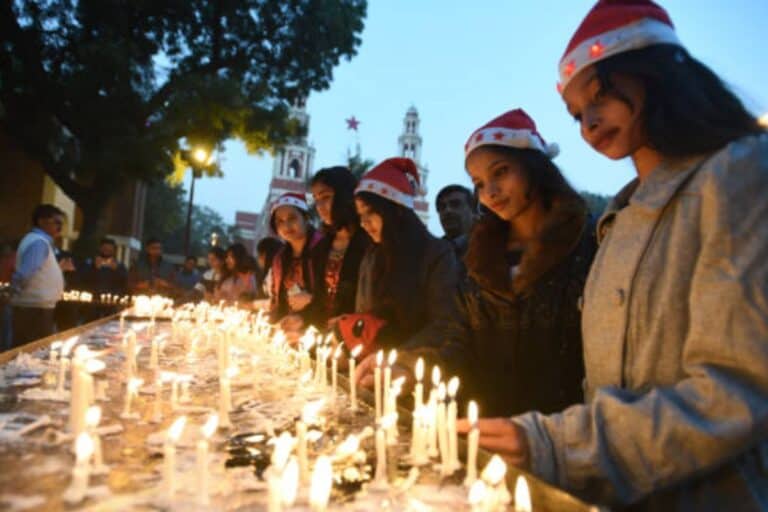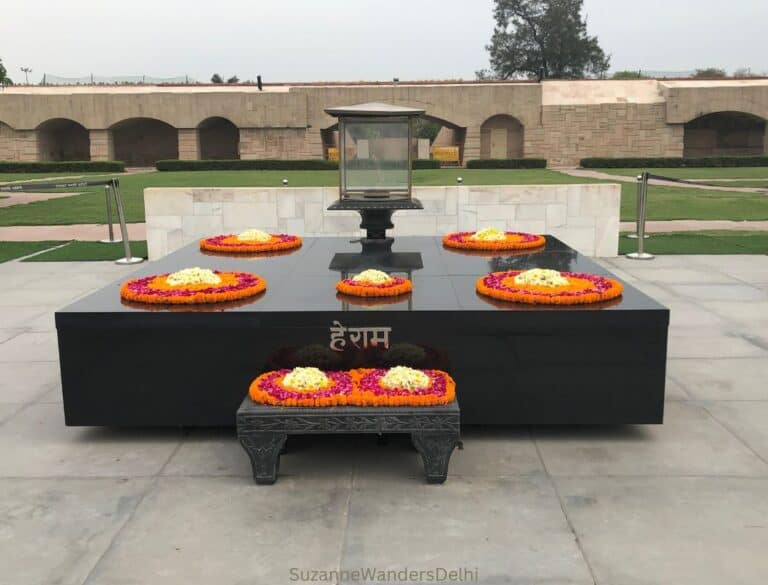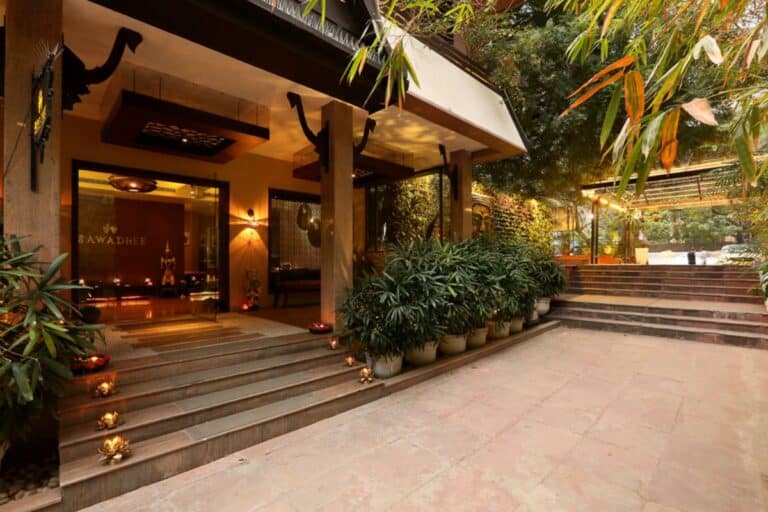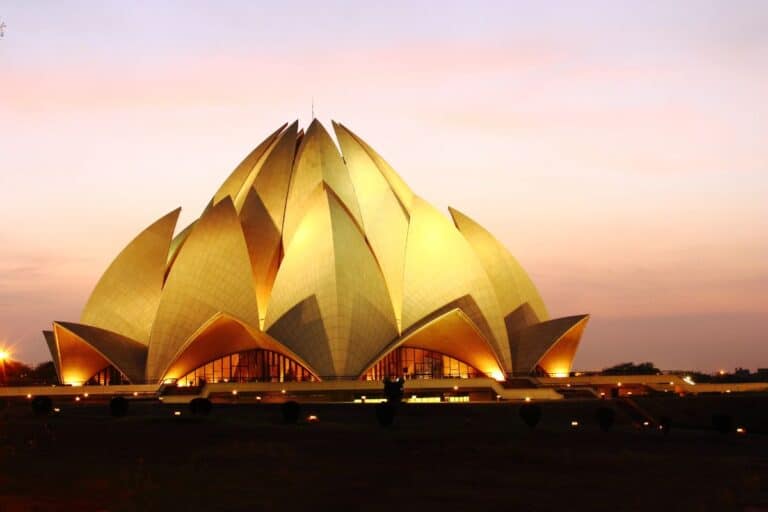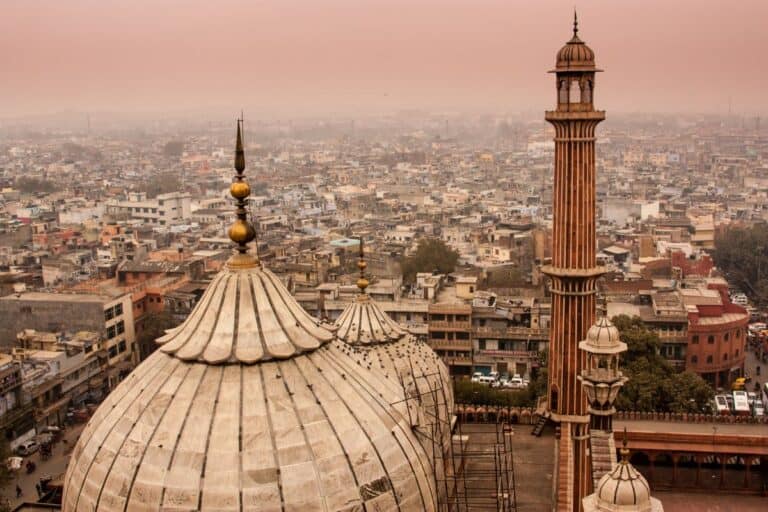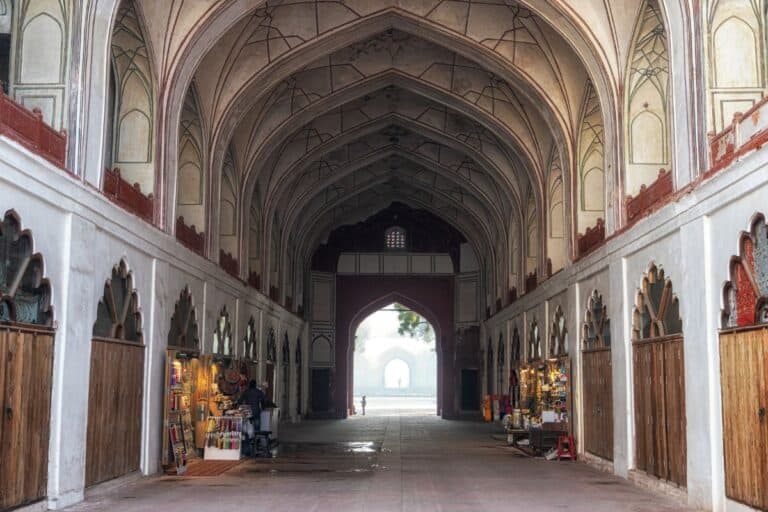Walking Tour of Nizamuddin Basti with the Hope Project

I recently took a walking tour of Nizamuddin Basti with local NGO Hope Project. Nizamuddin Basti is one of those hidden gems tourist usually miss. Apart from the famous qawwali singing at Hazrat Nizamuddin Dargah each evening, the neigbourhood gets few foreign visitors.
I understand why tourists don’t visit – it’s a confusing labyrinth of congested lanes, and the historic monuments are hidden from view. But it’s a fascinating area, full of folklore and legend. The best way to see it is on a walking tour, like the one I took with Hope Project.
Short on time? Here’s the details:
Cost: 500 INR per person
Location: Hope Project, Nizamuddin West, Delhi – click here for Google maps location
Contact: info@hopeprojectindia.in (email them to set up walking tour)
Why Nizamuddin Basti Should be on Your List
Nizamuddin Basti is one of the oldest continuously inhabited areas of Delhi. It’s even older than Old Delhi! The famous Sufi saint Hazrat Nizamuddin Auliya settled here in the 14th century, and people have lived there since.
It’s an area that often gets overlooked, but is just as important historically and certainly as interesting as Old Delhi.
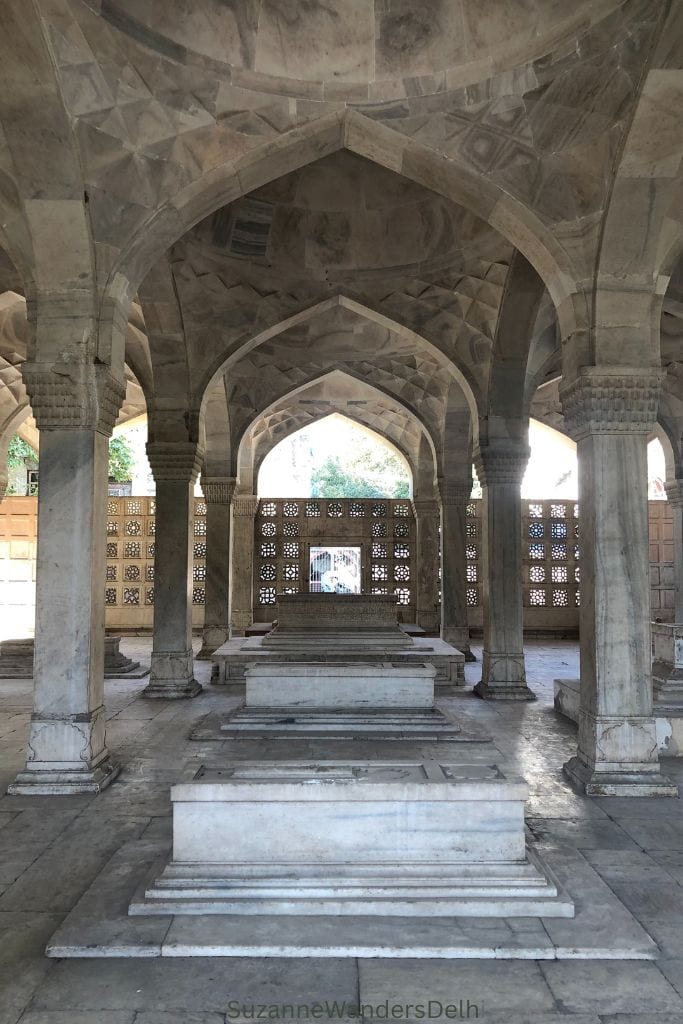
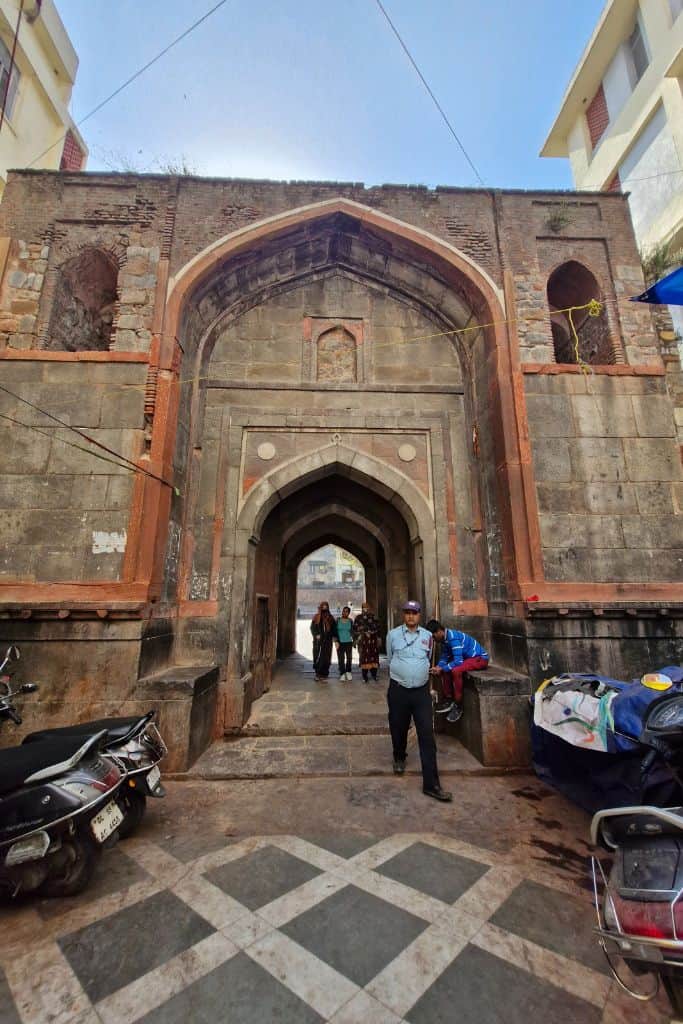
Thousands of pilgrims visit this area every month, which is considered the heart of Sufism in Delhi. They set up camp and spend hours or even days at the mausoleum of Hazrat Nizamuddin Auliya.
Around the corner from the dargah are other sites connected to the Sufi saint and his followers, which included emperors, renowned poets and Mughal princesses.
Several unique sites, steeped in local legend are down the lanes of Nizamuddin Basti, like the stepwell that caused the curse on Tughlaqabad Fort and the gorgeous Chausath Khamba.
Walking Tour of Nizamuddin Basti with the Hope Project
The Hope Project walking tour is not widely publicised. Another expat told me about it, and I had to email the Hope Project to set it up.
Hope Project is an NGO that does a lot of wonderful work in the local community. Taking the walking tour is a great way to support this.
Starting at the Hope Project Centre in Nizamuddin
I met my guide Mohammad at the Hope Project centre in Nizamuddin Basti. Hope Project is marked on Google maps and was easy to find. The Uber driver dropped me off at the main road and I just walked to the centre.
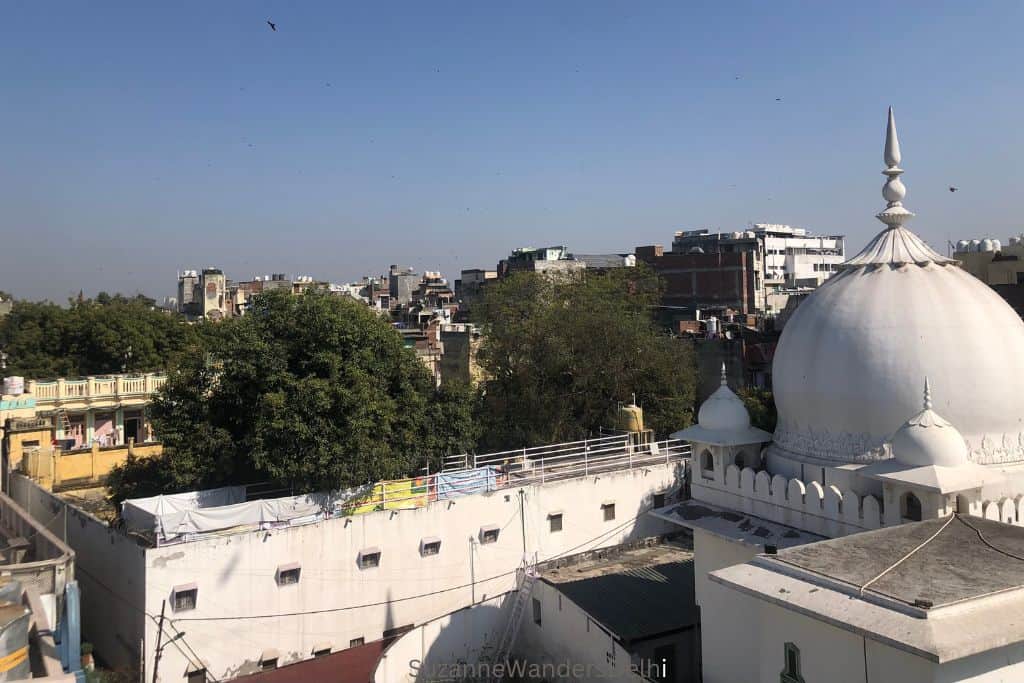
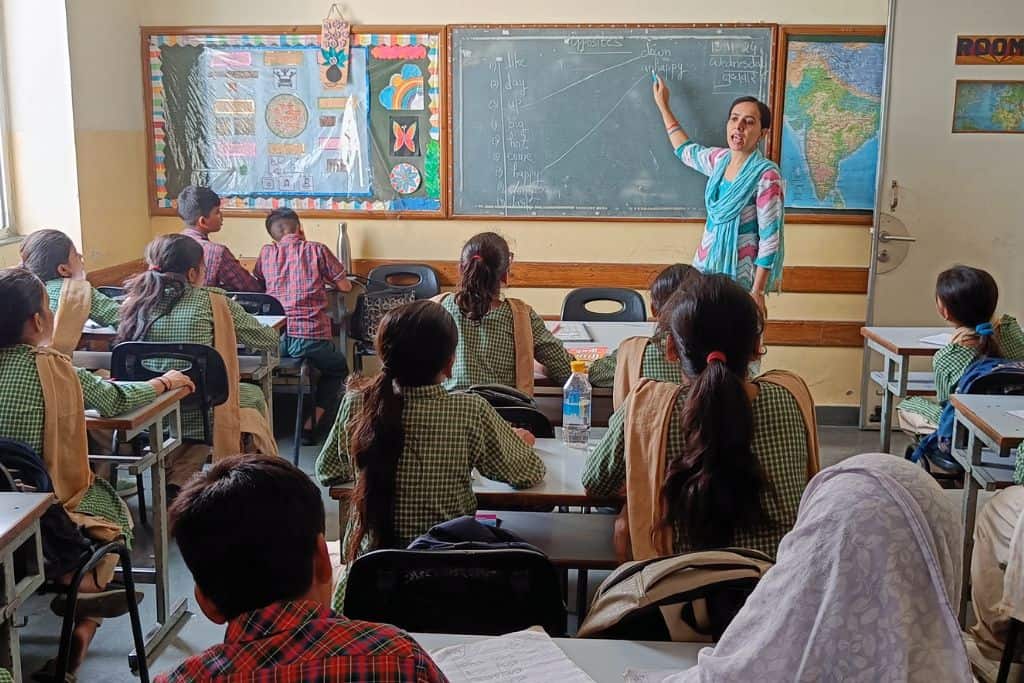
We started up on the roof where we could see the entire basti. Mohammad told me how the area was settled in the 1300s and pointed out various dargahs (religious shrines or tombs), mosques and streets where different religious groups live.
As we headed back down Mohammad told me about the programs Hope Project supports. In the Hope Project building I saw the daycare, classrooms (for children and adults), sewing and ‘salon’ room where girls learn new skills, the computer room, the infirmary and kitchen.
These are all offered for free or for a very nominal fee.
There’s even a small business start-up program and financing initiatives. The centre was a hive of activity when I visited; students in class, children in the creche, people waiting at the infirmary, and bustling offices.
It’s clear Hope Project has a very positive impact on the community.
Walking Tour of Nizamuddin Basti
From the Hope Project we headed out into the warren of lanes that is Nizamuddin Basti. I was happy to have Mohammad lead the way, otherwise I would have been glued to the map on my phone.
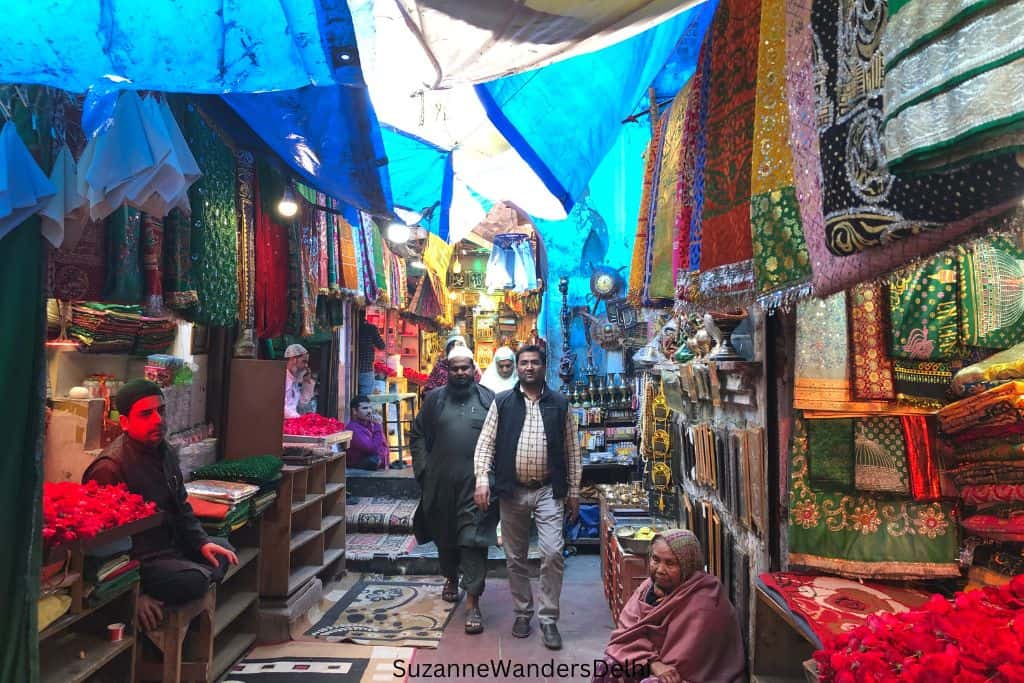
We walked through the market to Chausath Khamba, the mausoleum of Mirza Aziz Koka, the foster brother of Mughal ruler Akbar.
I’d been here before, but it was interesting to hear what Mohammad had to say, especially about how the courtyard is a recreation spot for the locals. Kids were playing cricket as several goats lolled around.
Delhi’s most famous poet, Mirza Ghalib is also buried on the site. Like Mirza Aziz Koka, he was a follower of the famous Sufi saint and wanted to be buried close to him.
The highlight of the tour was Dargah Hazrat Nizamuddin Auliya. This a small complex which also holds the tombs of Amir Khusrao (another famous poet), Jahanara Begum (daughter of Shah Jahan, the ruler who built the Red Fort and Taj Mahal), a mosque and the infamous stepwell.
It is because of this stepwell that Nizamuddin Auliya cursed Tughlaqabad Fort.
👉 Shoes must be removed to enter the dargah area, and ladies must cover their heads. You can safely store your shoes with one of the shops just outside the dargah courtyard.
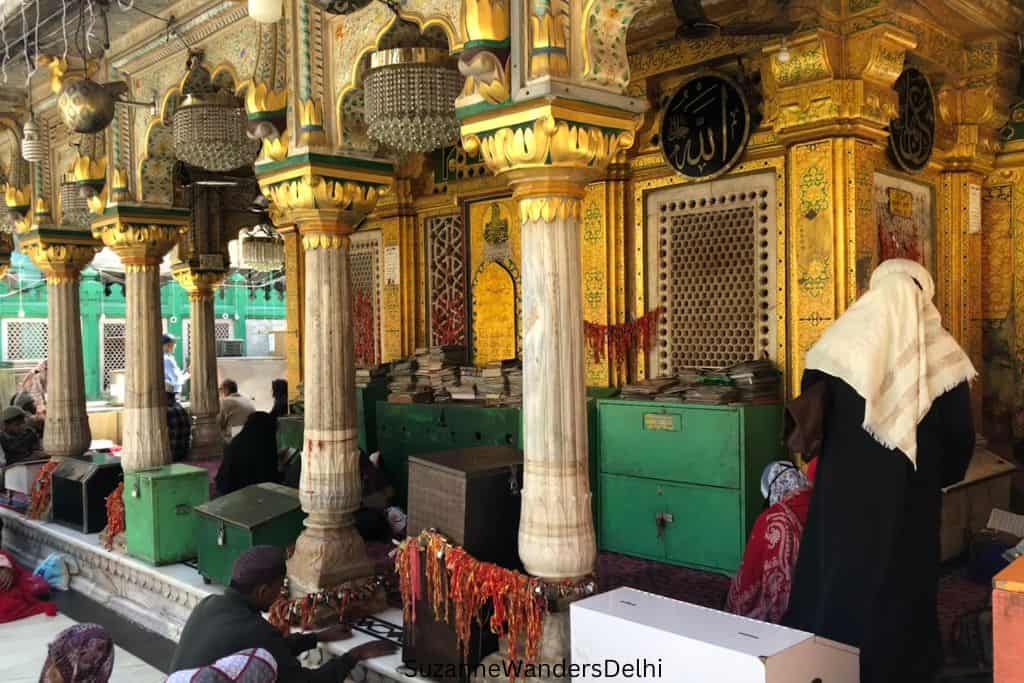
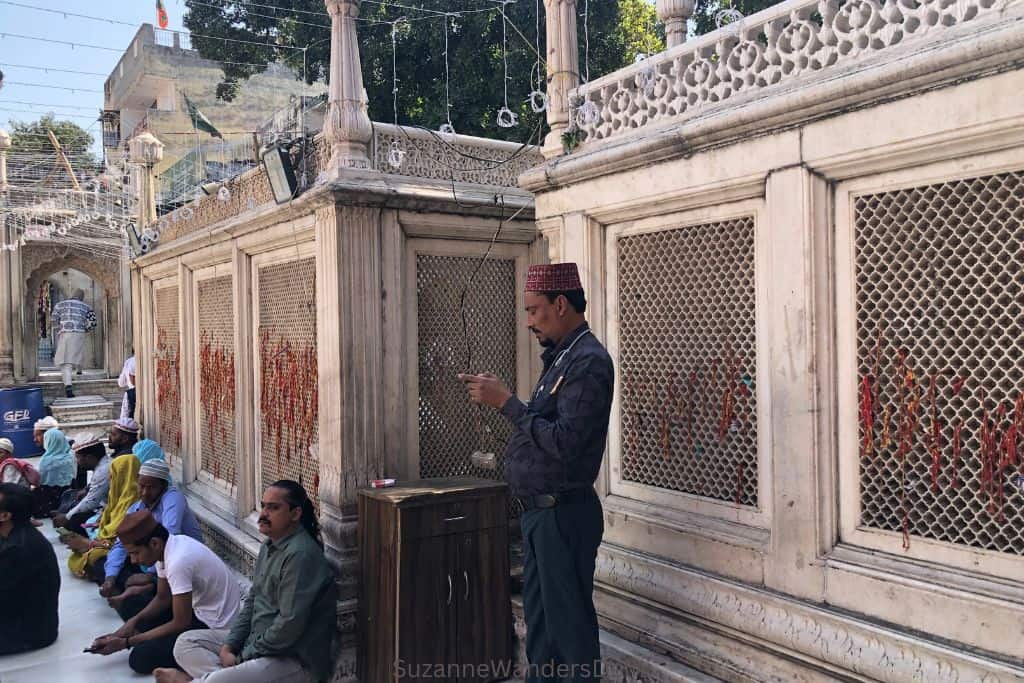
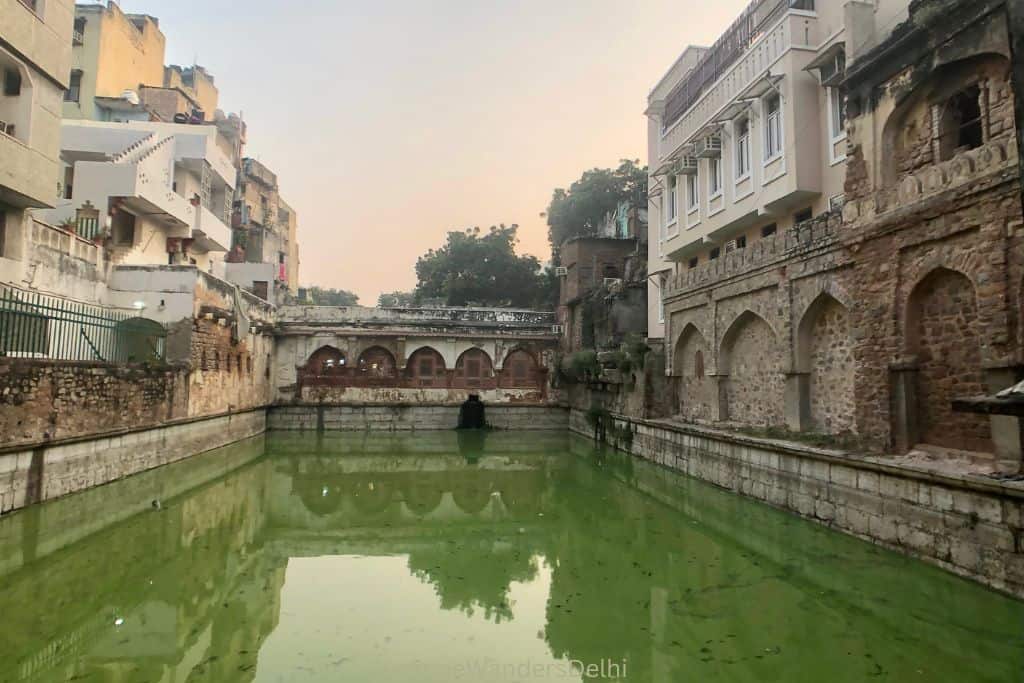
The legend is that in 1321 ruler Ghiyasuddin Tughlaq was in a rush to build his fortified city. He ordered all labourers in Delhi to work only on his fort.
At the same time Nizamuddin Auliya was building a stepwell (baoli) for his residence. The water was needed for his family and followers. Tughlaq’s order brought construction of Nizamuddin’s stepwell to a standstill, and the saint was furious. He cursed the ruler and the fort.
It is still commonly believed the fort is cursed, and I must admit it seems that way.
Shortly after completion the fort was abandoned, Tughlaq was murdered by his own son, and even today Tughlaqabad Fort sees few visitors despite being massive and right in Delhi. Meanwhile Nizamuddin’s dargah gets hundreds of visitors every single day.
Qawwali Singing at the Dargah
Every night after the evening prayers qawwali singers sing devotional songs in the courtyard of Nizamuddin Dargah. The singing is famous throughout Delhi, and tourist sometimes come for this.
Hope Project can arrange a walking tour at this time so you can experience it. You don’t have to do a tour to hear the qawwali singers, but if it’s your first time in Delhi I recommend it. The area can be a little overwhelming, especially at night!
The Wrap-up on Walking Tour of Nizamuddin Basti with the Hope Project
This was not my first time visiting Nizamuddin Basti, but I heard about this walking tour from another expat and wanted to check it out.
I loved that it wasn’t a super long tour (about 2 hours, but that could have been because I already knew about the area), and that proceeds go directly to the NGO without any middle men.
It’s a very interesting area, and you’ll learn so much more with a guide.
Don’t forget travel insurance! It’s always a good idea to carry travel insurance just in case something goes wrong. I really like and use SafetyWing
